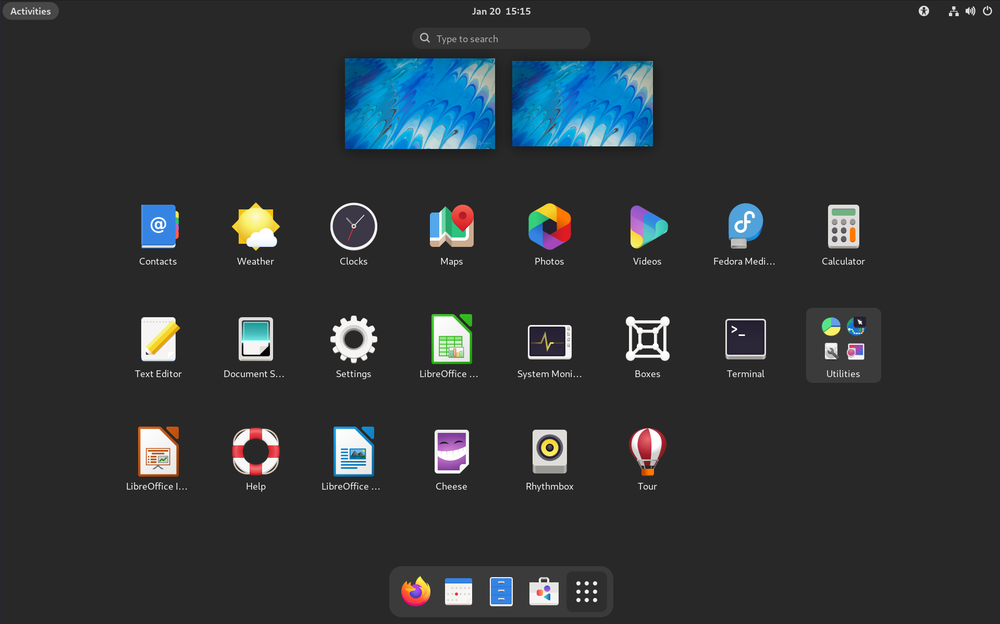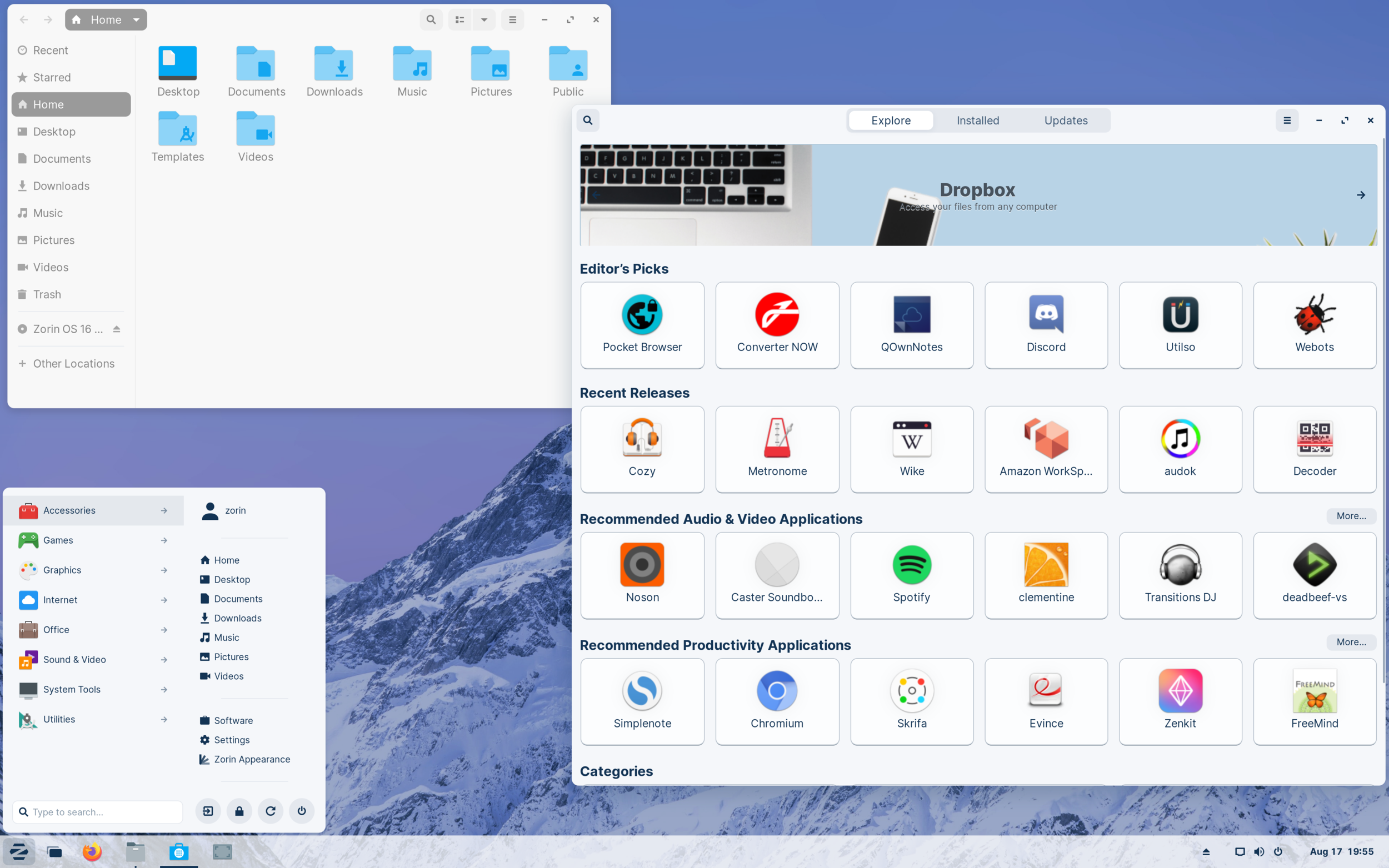Open Source Alternatives to macOS and Windows
I wanted to share my thoughts with you on a few of my favorite free and open source operating systems. These are in no particular order of preference because ALL of them are superb options.
| Helpful Links | Descriptions |
|---|---|
| Distribution Chooser | A basic questionnaire to help you choose which Linux distribution(s) best-fit your needs |
| Linux Distributions | Provides you with an extensive list of and information about various Linux distributions |
| How-To Guide | This is a beginner's tutorial on how to ready a computer before installing Linux |
You can click on any of the screen shots below to be taken to that product’s website and rest assured that each of them have very good community support. You may also click on the name of each distribution to see a YouTube video review of it.
Unlike Windows, what is really great about all of these distributions is that you can install them on as many computers as you like without having to purchase a license for any of them (optional donations are welcomed, however).
Essentially, the most important part of all of this is to just choose the one that looks good to you and go with it. Don’t beat yourself up over which one to choose. Look at the referenced videos and websites that I have linked below and go with the one you think you would prefer and be done with it.
A more leading-edge Linux distribution
Fedora Workstation is a polished, easy to use operating system for laptop and desktop computers, with a complete set of tools for developers and makers of all kinds.
It is a free and open source Linux distribution. Fedora users will experience more
frequent updates to their applications and the operating system than with non-rolling Linux distributions.
Solus (pronounced: soul-uhs) is designed for home computing. It is even a great distribution for office use as well. It is a totally free and open source Linux distribution.
It runs quite well on both older and newer computers.
Solus adheres to the rolling release model in that Solus users will receive more frequent updates to their applications as well as to the operating system itself.
Rest assured that Linux Mint with the Cinnamon desktop is an excellent free and open source Linux distribution that you should really check out. Its user interface will be familiar to Windows 7 and XP users as well.
It is very easy to use and set up. It has an extensive library of free and open source software to choose from as well. Linux Mint is great for the beginner to advanced user.
Initially released in 2004, Ubuntu (pronounced: ooh-bun-too) is arguably
the most-recognized and utilized Linux distribution across the globe. It is a free and open source
Linux distribution. It uses the GNOME (pronounced: guh-nome) desktop, although there are other
desktop flavors (like Ubuntu MATE). Ubuntu offers thousands of applications available for download.
Most of them are free and can be installed with just a few clicks.
Both the desktop and server incarnations of Ubuntu are used to power millions of personal computers
and a plethora of servers around the world. It is even one of the very few Linux distributions
certified for use on the IBM Z-Series Mainframe and you can even have it pre-installed on various
vendor computers (this is a partial list).
It can even be installed on Intel-based Macs.
Zorin OS by default is as Windows-like as it gets, however if you opt for the pro edition, Zorin offers you different desktop user interface options. One of them mimicks macOS and another has been customized to mimick Windows 11.
If you're looking for an easy to use, well-designed and stable Linux distribution then Zorin OS is the way to go for the best Windows-like experience.




